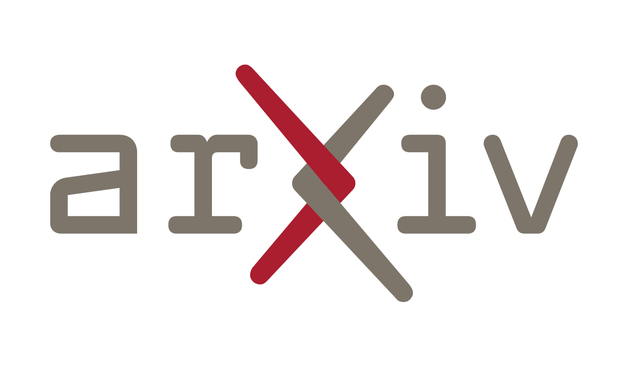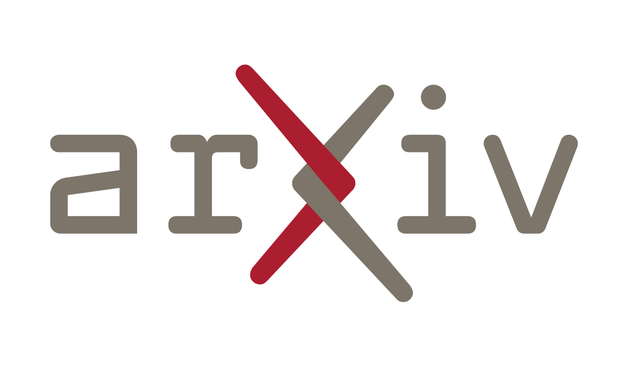"An Atomic Force Microscopic analysis of Exosomes derived from Tumor Associated pluripotent Mesenchymal Stem Cells"
https://doi.org/doi:10.1101/2025.07.18.665627
https://pubmed.ncbi.nlm.nih.gov/40777315/
#Force #Cell
#force
"Incremental Model Order Reduction of Smoothed-Particle Hydrodynamic Simulations"
https://arxiv.org/abs/2501.10748 #Physics.Flu-Dyn #Matrix #Force
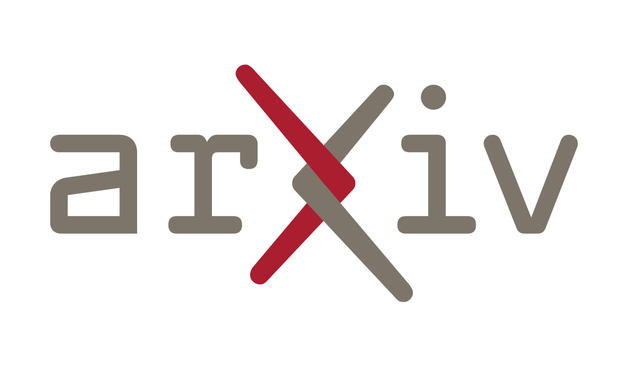
#US #Air #Force to deny #retirement #pay to #transgender #service #members being separated from the service
This is not about #politics.
This is about #theft and #humiliation with #transgender #persons
How can a ("modern") state authorize this ?
"Separate-scan atomic force microscope for fast infrared scattering-type scanning near-field optical microscope"
https://www.biorxiv.org/content/10.1101/2025.08.04.668506v1?rss=1 #Mechanical #Force #Actin
"Separate-scan atomic force microscope for fast infrared scattering-type scanning near-field optical microscope"
https://arxiv.org/abs/2508.02877 #Physics.Ins-Det #Mechanical #Actin #Force
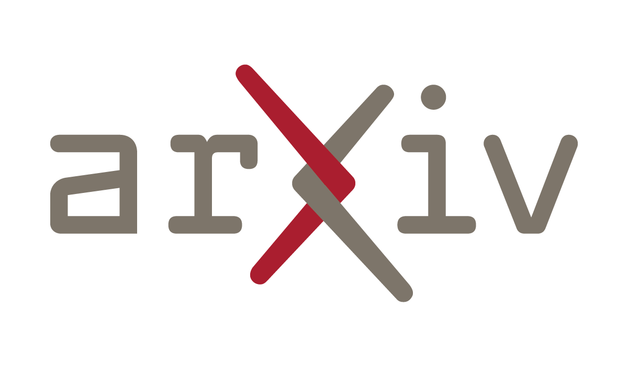
"A Fractional Order Standard Linear Solid Model for Extracting the Elastic Moduli of Internal Cell Structures"
https://doi.org/doi:10.1021/acsbiomaterials.5c00587
https://pubmed.ncbi.nlm.nih.gov/40763334/
#Force #Cell
"Biophysical and biochemical signatures of pancreatic stellate cell activation: insights into mechano-metabolic signalling from atomic force microscopy and Raman spectroscopy"
https://doi.org/doi:10.1186/s12964-025-02354-1
https://pubmed.ncbi.nlm.nih.gov/40759959/
#Mechanical #Force #Cell
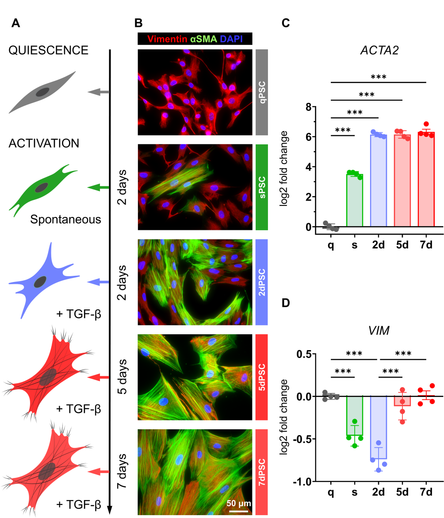
https://www.europesays.com/fr/294064/ Zuriko Davitashvili (ex-Girondins) en conflit avec Saint-Étienne : vers un départ forcé ? #actu #Actualités #ancien #AuvergneRhôneAlpes #avec #Bordeaux #bras #conflit #Davitashvili #depart #Etienne #EU #europe #force #FR #France #Girondins #joueur #News #RépubliqueFrançaise #Saint #SaintÉtienne #vers #Zuriko
https://www.europesays.com/us/115117/ Large Great White Shark spotted near Santa Monica #AcrobaticDisplay #adult #Ca #california #DroneThursday #EasyToCatchPrey #FewPredator #Force #gauna #JuvenileShark #La #LargeGreatWhiteShark #LosAngeles #LosAngeles #NearUrbanWater #plenty #SantaMonica #shore #Water
"Multiplexed quantum sensing reveals coordinated thermomagnetic regulation of mitochondria"
https://www.biorxiv.org/content/10.1101/2025.07.30.666664v1?rss=1 #Force #Cell
"Biaxial length-tension relationship in single cardiac myocytes"
https://doi.org/doi:10.1016/j.bpj.2025.07.028
https://pubmed.ncbi.nlm.nih.gov/40734276/
#Force #Actin
Russia’s Sinking Fake Ships With Naval Drones, Copying Ukraine Tactic https://www.byteseu.com/1238472/ #BlackSea #DefenseMinistry #footage #force #FullScaleInvasion #JulyStorm #MissileStrike #Moscow #NavalDrone #NavalExercise #Russia #TraditionalNavy #training #Ukraine #Warship
"Robotic manipulations of single cells using a large-volume piezoelectric micropipette with nanoliter precision"
https://doi.org/doi:10.1016/j.colsurfb.2025.114972
https://pubmed.ncbi.nlm.nih.gov/40716280/
#Force #Cell
https://www.europesays.com/fr/280202/ Un vol Air Corsica Ajaccio-Marseille forcé de faire demi-tour à cause d’un incendie sur le continent #2025 #actu #Actualités #air #AjaccioMarseille #corsica #DemiTour #EU #europe #faire #FaitsDiversJustice #force #FR #France #Marseille #News #ProvenceAlpesCôteD'Azur #RépubliqueFrançaise #vol
"Mammalian cells measure the extracellular matrix area and respond through switching the adhesion state"
https://doi.org/doi:10.1038/s41467-025-62153-7
https://pubmed.ncbi.nlm.nih.gov/40715114/
#Extracellular #Adhesion #Force
"Rubber Friction: Theory, Mechanisms, and Challenges"
https://arxiv.org/abs/2507.18782 #Physics.Class-Ph #Cond-Mat.Soft #Adhesion #Force
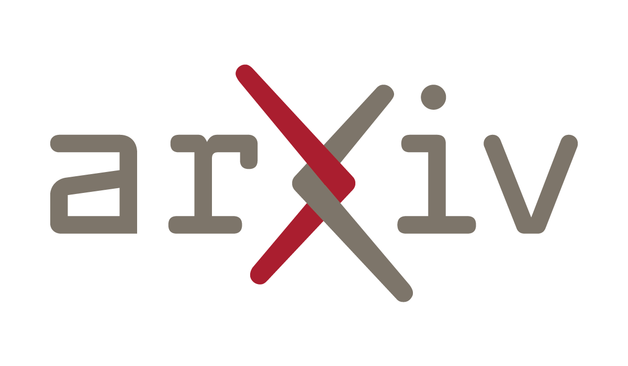
Druski: The Comedic Force Redefining Social Media Stardom https://www.inbella.com/1171044/druski-the-comedic-force-redefining-social-media-stardom/ #Celebrities #CelebritiesNews #comedic #Druski #English #Entertainment #EntertainmentNews #force #influencers #media #redefining #social #Stardom #The..

